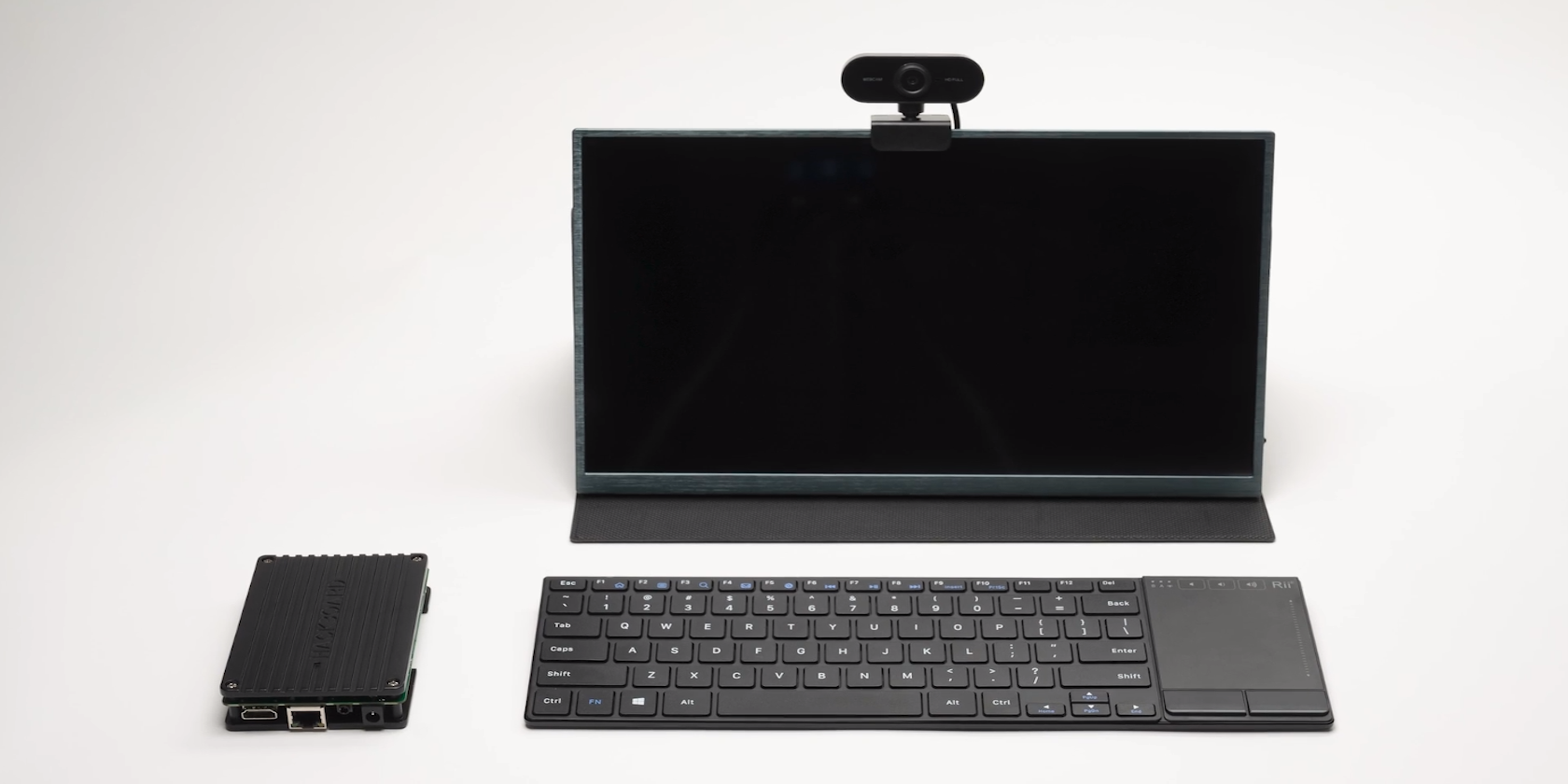Hong Kong-based Hackboard has released the Hackboard 2, an x86 Single Board Computer (SBC) which runs Windows 10 Pro.
The board, which launched recently on Crowd Supply, also comes in an Ubuntu Linux variation, along with various kits.
The Hackers Dream: An x86 compatible SBC
Many have been waiting for the prospect of affordable x86 based SBCs with lots of options for connectivity and input/output. Hackboard 2 is far from the first board of its kind, but it is the cheapest to offer this kind of setup.
The processor is a dual-core Intel Celeron N4020 with up to a 2.8 GHz clock. The Hackboard 2 also features 4 GB DDR4 RAM and 64GB onboard eMMC flash storage. Connectivity comes via Gigabit Ethernet, Wi-Fi, and Bluetooth 5.1, with the option of a 4G or 5G NVMe cellular modem expansion.
The cellular modem is a nice touch, but things get really interesting when you factor in the Raspberry Pi compatible 40-pin GPIO setup and 6-pin touchscreen interface. True to its name, the Hackboard 2 is perfectly set up for makers and hardware hackers. It also comes with various kits, allowing it to operate much like a regular desktop computer, though not quite as compactly as the Pi 400's computer in a keyboard design.
This is one of many boards aiming to move embedded programming into the x86 world, and the ability to have a Raspberry Pi-like development platform using Windows 10 as the operating system will appeal to many.
What sets Hackboard 2 aside from its competitors like the Latte Panda is the price. It's available for just $140 for the Windows 10 Pro version and $99 for the Ubuntu Linux version.
Both are available from the Hackboard 2 Crowd Supply page, along with various kits and add-ons for the board.
Full Specifications for the Hackboard 2
The Hackboard 2 would make a fine low powered mini-computer in its own right, but there is clearly a large maker influence here too.
- CPU: Intel Celeron N4020, Dual-core, 64-bit, Up to 2.8 GHz clock, 4 MB cache
- RAM: 4 GB DDR4 RAM
- Storage: 64 GB onboard eMMC flash, Two NVMe M.2 slots accommodate up to 4 TB additional storage
- A/V: Intel UHD Graphics 600, 4K HDMI 2.1 output, 30-pin eDP 11.6"-15.6" screen connector, 6-pin touchscreen interface, 3.5 mm CTIA audio jack (stereo + mic), 5-pin stereo speaker connector
- Connectivity: Wi-Fi - Intel dual-band AC95060 rated at 1.73 Gb/s, Bluetooth 5.1, Gigabit Ethernet, Optional 4G or 5G cellular modem
- Expansion Ports: 3 x USB 3.0 ports, 5-pin USB 2 camera connection, 40-pin GPIO header (RPi-HAT-compatible with pass-through adapter), NVMe M.2 B key slot, NVMe M.2 B & M key slot
- Power: included 12 VDC, 3 A international power supply, 10-pin 3.7 V rechargeable battery input connector, Small cell battery for up to two years BIOS backup
- Cooling: Passive Heatsink
- Dimensions: 120 mm x 80 mm
- Corner mounting holes centered 5 mm from edges
Hackboard 2: The Big Sequel?
The Hackboard 2 seems like a fantastic deal and a well thought out board for general-purpose embedded x86 development. An interesting factor of the new board is that despite the name, it isn't the follow up to a previous generation SBC.
The Hackboard 1 does exist, however, but for unknown reasons, it never came on the market. It appears to be functionally identical to the Hackboard 2, though features a less impressive CPU, and a MicroSD card slot – something the newer board lacks.
Versions of the previous interaction have made it out into the wild, and the SBC that appears in YouTuber ETA Prime's video covering the Hackboard 2 is in fact the earlier version.
Regardless of these small changes, this board will likely be a popular choice for those looking to get into embedded hardware using Windows 10 as their operating system.

